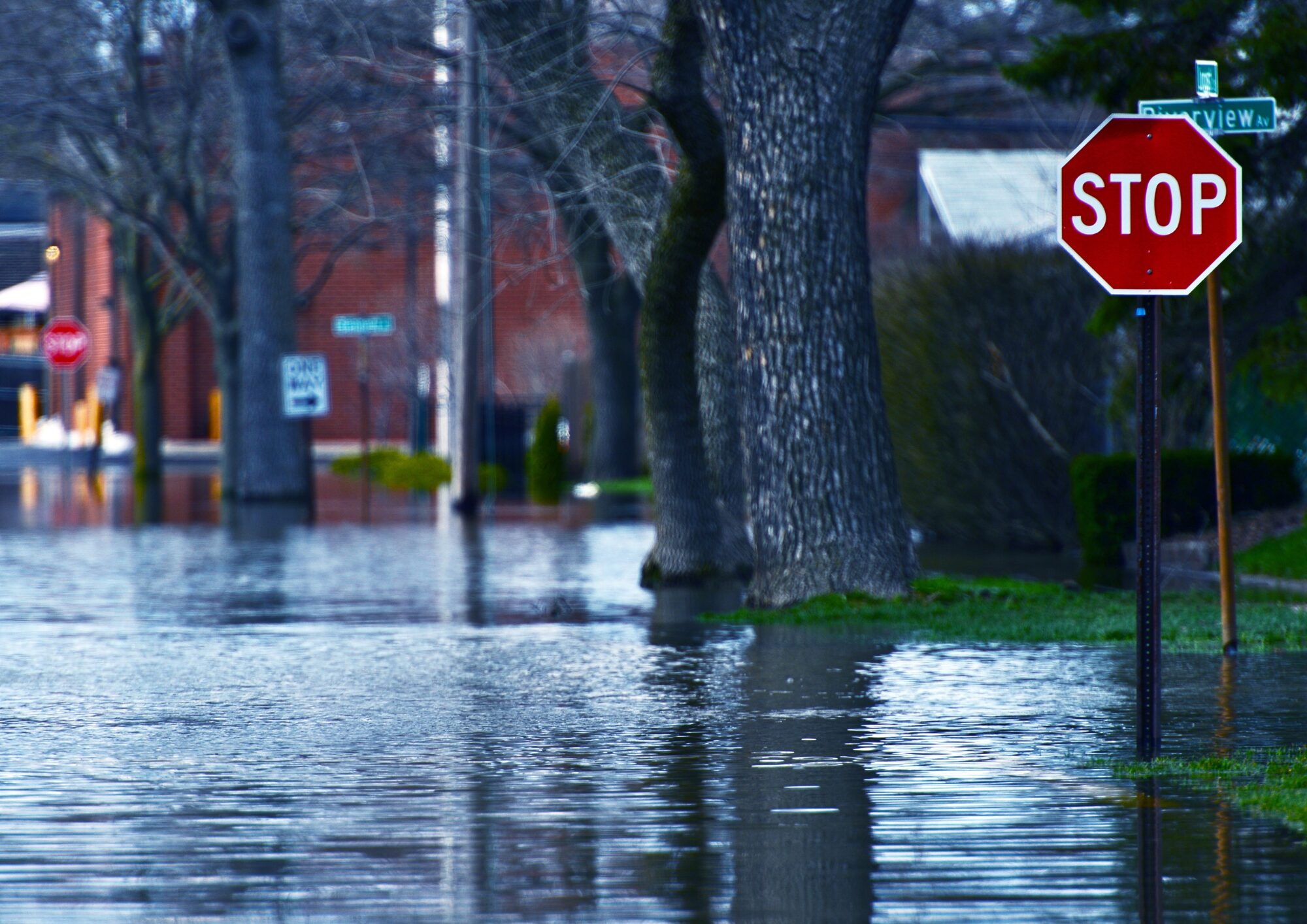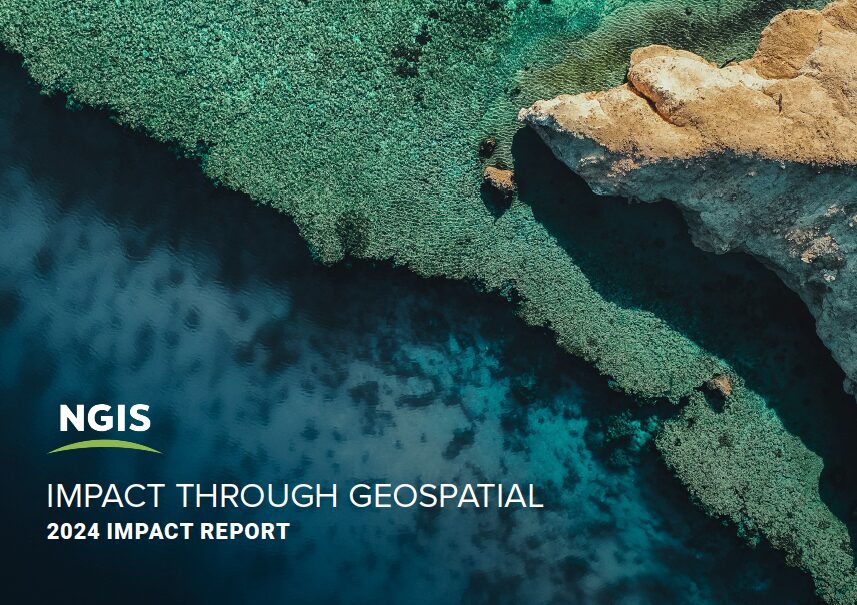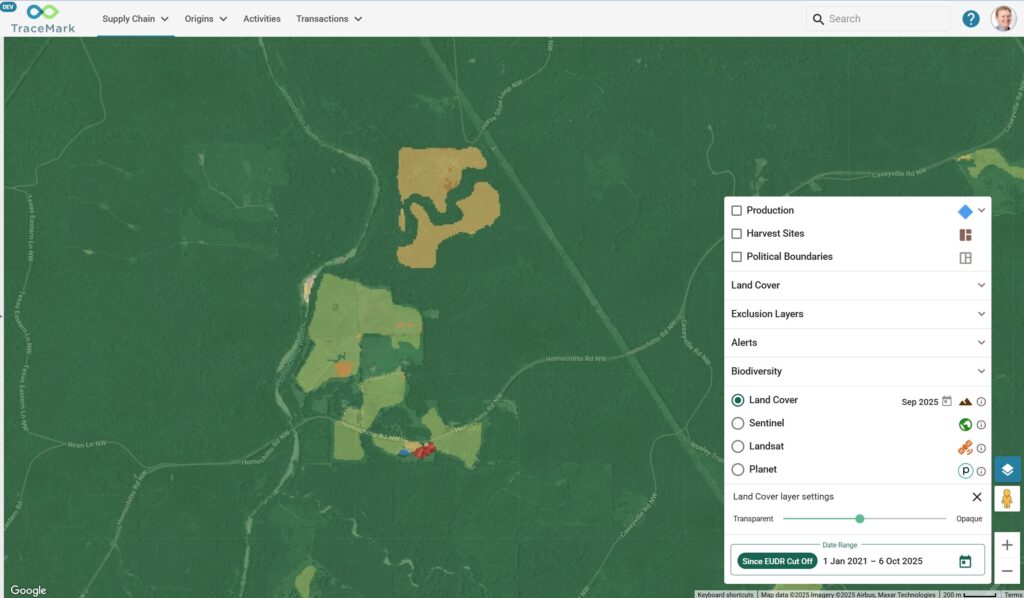Future Proofing Cities for Climate Resilience


What causes strain on urban infrastructure around the globe?
The increasing frequency and intensity of extreme weather events, driven by climate change, have placed significant
strain on urban infrastructure globally.
From prolonged heatwaves and fires to intense storm systems, these disruptions are impacting network resilience causing
widespread damage, severe flooding and traffic chaos on our roads.
On 16th April 2024, the United Arab Emirates and Abu Dhabi experienced one such event, with a storm system dumping more than a year’s rainfall in just a few days. The UAE’s National Center for Meteorology reported that parts of the country measured up to 250 millimeters (10
inches) of rain in less than 24 hours. Resulting in flooding, severely impacting traffic and infrastructure, this event exposed vulnerabilities in the city’s emergency response.
Transforming Flood Resilience
The Department of Municipalities and Transport (DMT) specifically Abu Dhabi Mobility (ADM) were able to utilise TraceMark™ Flow to understand and manage the immediate impacts of the floods whilst laying the foundation for improved preparedness and response strategies.
TraceMark™ is designed to assist governments and businesses to address the critical issues of traffic congestion and emissions impact, providing them with a comprehensive view of travel conditions and road network performance. In Abu Dhabi, the systems integration with Google Maps enabled near real-time traffic monitoring, allowing ADM operations team to:
- Track disruptions with near real-time traffic data from Google Maps, identifying areas experiencing congestion due to flood impact and enabling ADM to issue targeted traffic advisories and divert vehicles, minimising disruption and ensuring public safety.
- Predict areas at risk of flood inundation, based on travel time impacts, allowing ADM to identify flood inundation location for future mapping and evacuation planning.
- Form a clear picture for situational awareness, including emergency services vehicles, resources deployment by monitoring TraceMark™ Flow’s data visualisation and alerting tools.
Collaboration to Drive Impact
A key component of TraceMark™ Flow lies in its ability to communicate critical transport insights easily and effectively to enable real-time collaboration between ADM and other stakeholders such as emergency services. This collaboration ensures evidence based decision making, cross-agency coordination, ensuring a faster, more effective response to natural disasters and traffic disruptions.
Building a Smarter, Resilient Future
Through the successful implementation of TraceMark™ Flow, ADM is strengthening its ability to manage traffic during extreme weather events, optimise traffic flow and enhance public safety ensuring they remain resilient, connected and prepared for the future.
Related Articles
Here are more related articles you may be interested in.








